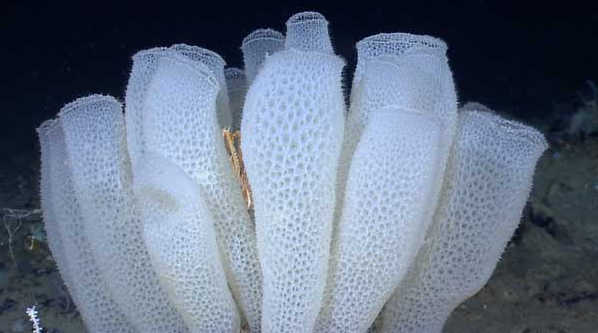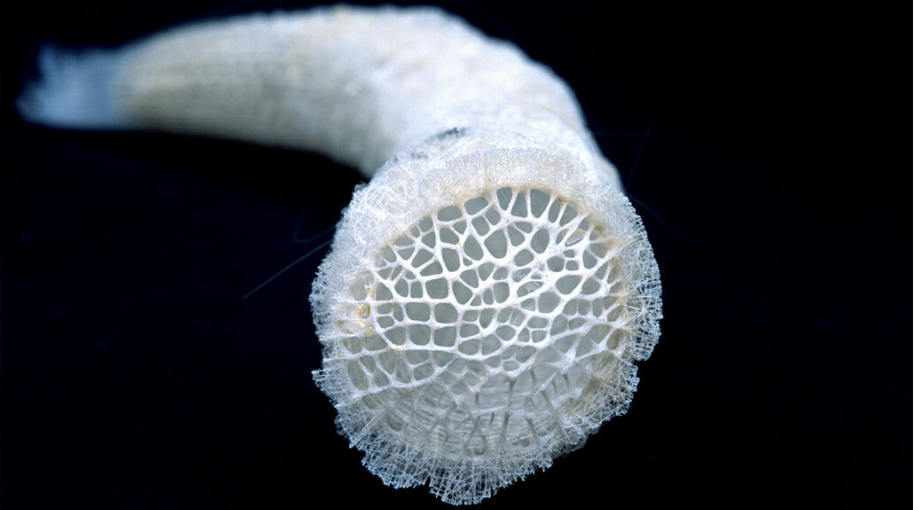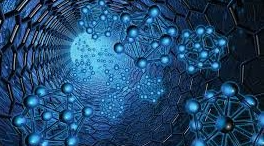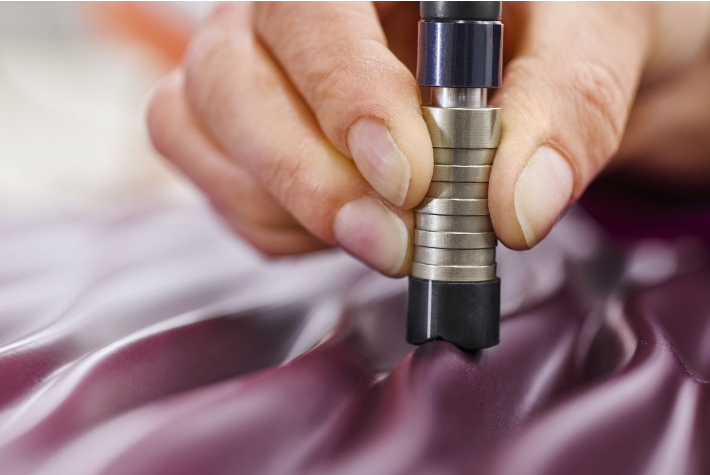How do the intricate flower baskets of Venus manipulate the flow of sea water?

The Venus Flower Basket Sponge could inspire the buildings, bridges and even the planes of tomorrow, thanks to its performance under pressure and its ability to literally go with the flow. His skeleton is made of silica, the main component of glass; the lattice mesh of its body filter feeds small food particles from seawater.
Such a fragile “glass house” seems impossible in these overwhelming depths, yet this delicate-looking sponge, only millimeters thick, is much tougher than it appears. Researchers are modeling the sponge’s structure to understand how it can withstand such crushing depths. It could inspire new materials with glass as the main element. It is a human construction based on what natural selection has achieved over hundreds of thousands of years.

The cylindrical shape of the sponge allows water to flow in and out of your body. In addition to withstanding a high-pressure environment, the sponge needs to adapt to these currents for feeding and fertilization. The team built a digital model that simulated the structure and water flow of the sea sponge; the giant grid had 50 billion points that reproduce how the water will flow in that place. The digital model was created from photographs. It is so inaccessible and rare that it would be almost impossible to do it with real samples.
Once they simulated the sponge’s unique structure, the team simplified it to see how a less evolved species could survive the current. It has incredible adaptations that allow it to live where no other animal lives. Part of the sponge’s stability is its ability to go with the flow, literally. While firmly anchored to the seabed, the flow of fluid in and out of her body reduces drag and minimizes damage.
The sponge’s whorls have beautiful breccias, spaces that reduce drag and collect water for the sponge’s feeding. So could understanding the mechanical marvel of this elegant yet robust deep-sea sponge inspire future engineering feats? The researchers say their findings could have implications for more advanced designs of buildings, bridges and aircraft, particularly those that need to withstand air and water pressure. They are putting deep-sea sponges at the intersection of fluid mechanics, organismal biology, and functional ecology.





Responses